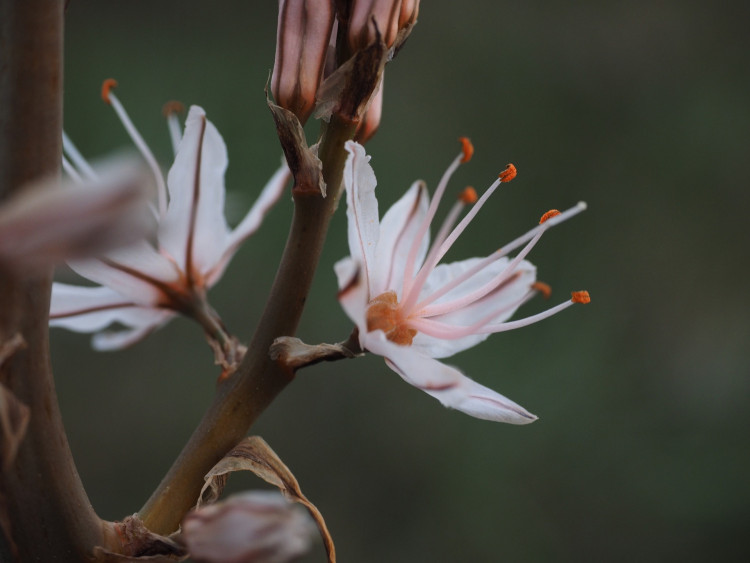A plant that grows in bogs along North America's west coast has been observed eating insects with its flowers. Researchers had no idea it was carnivorous until now.
Carnivorous plants acquire nourishment from insects and, sometimes, on vertebrates. There were previously 11 recognized groups of similar plants, with the most recent being reported in 2012.
Triantha occidentalis, the western false asphodel, was described in the scientific literature for the first time in 1879. But, no one knew until now that this sweet-looking plant uses its sticky stem to catch and eat insects, according to the researchers, who add in their report published Monday that it's the first new carnivorous plant discovered in about 20 years.
"We had no idea it was carnivorous," Sean Graham, a botanist with the University of British Columbia, said. "This was not found in some exotic tropical location, but really right on our doorstep in Vancouver."
Fewer than 1,000 plant species are carnivorous, and these plants tend to live in places with abundant sun and water but nutrient-poor soil.
T. occidentalis was chosen for study when previous research revealed that the plant had lost genes that were also lacking in carnivorous plants. They analyzed the nitrogen concentration in the plant and found it to be comparable to that of carnivorous plants, implying that the nitrogen is obtained from insects.
To find out more, the researchers fed nitrogen-15 isotope-fed fruit flies to the clustered flowers on the plant's stems, known as inflorescences, which had previously been discovered to have sticky hairs that may be utilized for catching insects.
They, then, discovered this isotope in larger amounts inside the plant than before the fruit flies were introduced, indicating that it had consumed the fruit flies.
Furthermore, according to the researchers, the sticky hairs on the flower stem contain a digesting enzyme that is known to be used by many carnivorous plants.
When the researchers examined herbarium specimens of this plant, they discovered little dead insects attached to the stems.
The plant does not just thrive in Canada. According to the researchers, the flower may be found near "several major urban centers on the Pacific coast."






